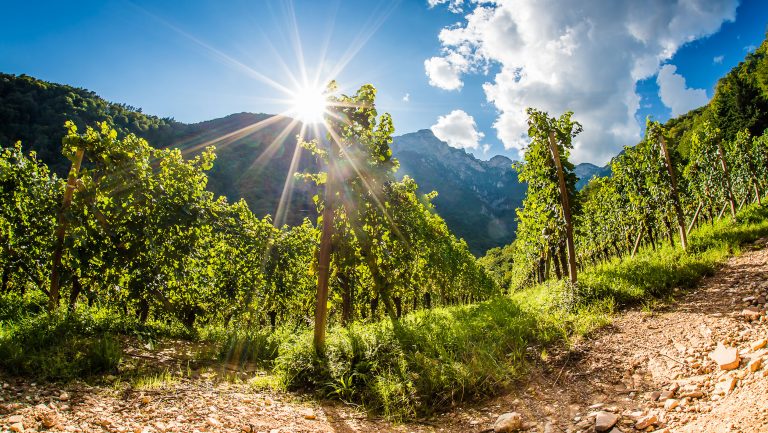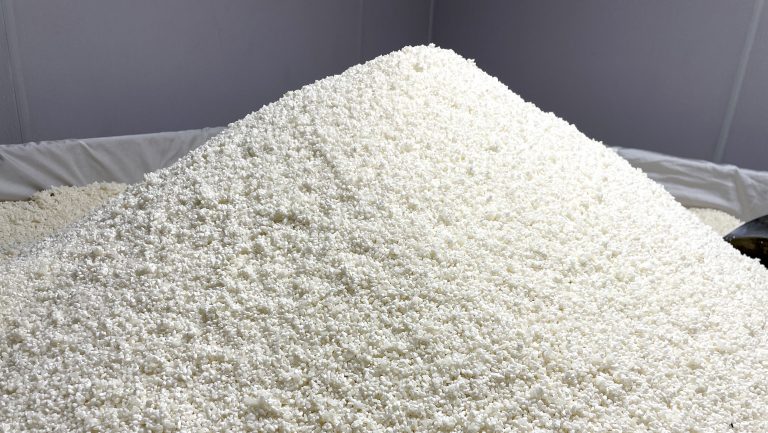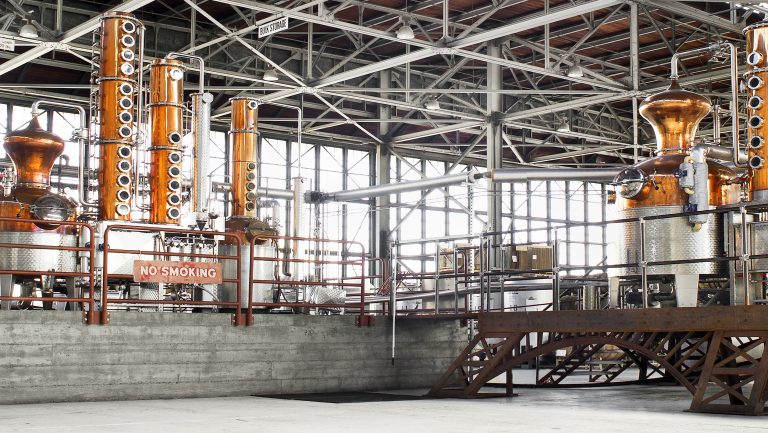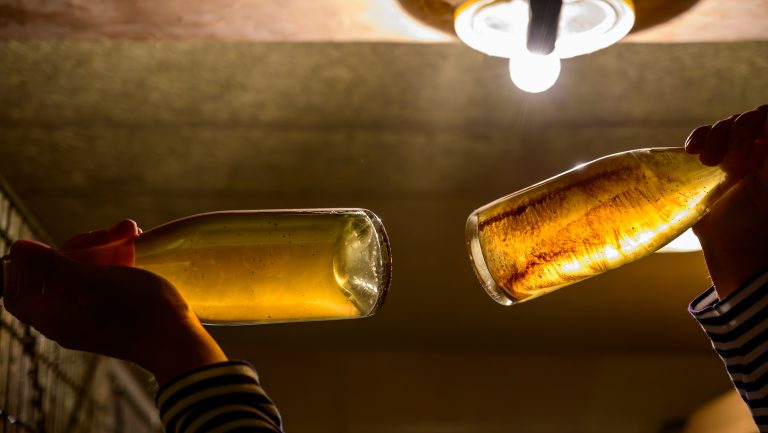The wine industry has long looked for ways to explain the relationship between physical environment and resulting wine. The word terroir is a convenient umbrella term, although terroir deniers claim that it’s mostly a marketing tool.
But anecdotally, winemakers have often noted differences in vines and grapes growing in close approximation.
“Terroir is just such a cool concept,” says Jeffrey Munroe, a professor of earth and climate science at Middlebury College in Middlebury, Vermont. “[For] anyone who enjoys wine and thinks about landscapes and place, it’s so logical, it’s so established, and it’s this thing that people love to throw around. And yet it’s brutally difficult to prove if you want to be a scientist.”

Don’t miss the latest drinks industry news and insights. Sign up for our award-winning newsletters and get insider intel, resources, and trends delivered to your inbox every week.
Winemakers already use conventional soil analysis as an agricultural tool. But because grape vines typically have deep roots, and standard soil sampling methods don’t typically dig deep, shallow soil analysis is missing a lot of important information. Looking deeper—maybe even as far down as the roots—may actually be the key to understanding terroir.
Italian geologist Carlo Ferretti, the founder of Geo Identity Research, says a new approach can better identify what in the ground is actually affecting grape production. He calls it Vineyard Geological Identity (VGI). It’s an analytical framework that uses a variety of environmental data—sediment, mineral, geology and geochemistry, soil chemistry, and other physical elements, plus human impacts—and analyses to ascertain specific features of vineyards that could impact winemaking.

A Shared Language of Wine and Science
As a geologist based in Bolzano, located in Italy’s South Tyrol Alto Adige wine region, Ferretti realized that geologists and wine professionals were not necessarily “talking the same language,” he says. He wanted to find a method that could be used globally as a comparative tool for winemakers. The idea, he says, was to create a framework that could make connections between all the growing conditions and inputs and, eventually, be able to link those to the resulting wine.
An early study of the concept was done in the Italian Alps, close by the village of Tramin, where Gewürztraminer has been grown since around 1000 CE. Ferretti took samples at eight vineyards and subjected them to a barrage of tests, and found the vineyards with finely-textured silicate soil tend to produce wines on the spicy side that age well. Wines from vineyards with coarse dolomitic soil sediments are lighter and floral. But similar wines came from the vineyards with fine silica-rich top soil, regardless if they have different rock foundations.
In reality, a vine’s environment can be broken into several major factors—climate, soil, vine varieties, vineyard practices—and those can be further broken down into subfactors, like microclimate, temperature, humidity, soil texture, and mineralogical components of the soil, explains Ferretti. All of these impact the plants’ stress. “The terroir is connected with the abiotic stress and the biotic stresses of the plant and in the end it goes in the fruit and in the wine,” he says.
Another stress that winemakers are facing is, of course, climate change, which is prompting some viticulturists to look at higher, cooler elevations for their vines. Willi Stürz, the cellar master and technical director at Cantina Tramin in Alto Adige, where Ferretti did some of his research, says the VGI method could be useful to help them decide where to plant new vineyards.
“Especially in the new higher zones that we are thinking of, it helps us to understand the microclimate and exposition,” Stürz explains. “[VGI is] a very helpful tool to choose the appropriate variety when replacing a vineyard or to find similar vineyard climates to work out different wine styles.”
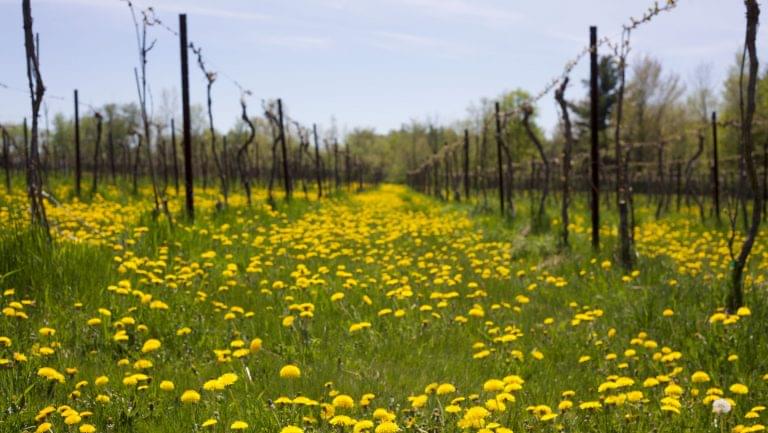
Testing Similar Terroirs
For Middlebury’s Munroe, the VGI concept is intriguing because, he says, it’s not based on only soil or only bedrock or only climate, and it seems to offer some order to the chaos of vineyard site variables. “It’s a framework for how you could kind of combine those different things in a standardized way,” he says.
Munroe decided to test it out at two local vineyards in the Champlain Valley, about 19 miles apart, both growing the cold-hardy hybrid Marquette grape. The two sites were selected because of their similarities—they look alike, they’re at the same elevation, they have the same climate, and have basically the same geological history. Munroe says he would not have been surprised if he’d found no perceivable differences between the two.
In fact, there were many differences.
“I was impressed, to be completely honest, that it was as sensitive a tool as it was,” he says. “Because I intentionally used it at some sites where the similarities I thought might outweigh the differences.”
Of course, as Munroe points out, it’s not the first time in history that the geology and soil and other aspects of a vineyard have been studied together, but using a standardized framework invites more analytical rigor.
One of the vineyards where Munroe tested VGI was Shelburne Vineyard in Shelburne, Vermont. VGI provides a nice foundation for comparing their different sites, and it’s another part of the conversation about terroir, says Ethan Joseph, the head winegrower and vineyard manager for Shelburne Vineyard. Although he points out that isolating the many variables involved in winemaking would be difficult, if not impossible. Still, the VGI tests did provide new information and confirm some of their observations about their land. “I’m very science-minded, so I think there’s a lot of potential there,” says Joseph.
One of Ferretti’s follow-up studies, also in the Alto Adige, begins to answer the question of variation. In this case, the vineyard management and winemaking were consistent to minimize differences as much as possible. The resulting Gewürtztraminer musts and wines are “strongly influenced by site,” according to the research.
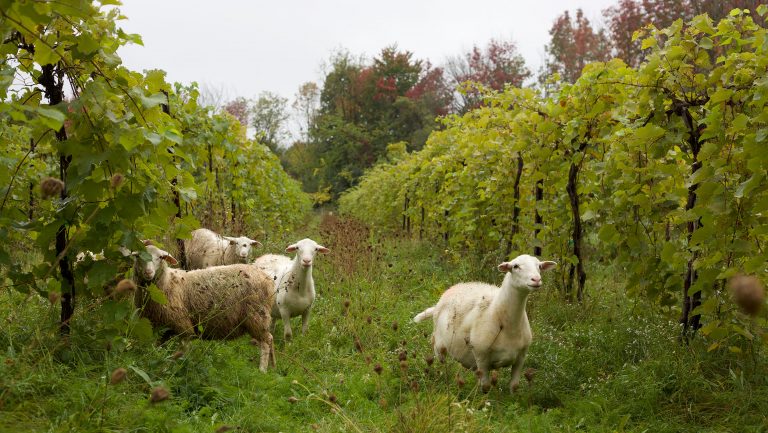
Using VGI to Predict Wine Quality
The next step of VGI, says Ferretti, is to connect the analyses with wine quality. He has already teamed up with some well-known and high-quality producers, like Domaine de la Romanée-Conti, to see if they can connect soil and quality. Initial tests found that small VGI differences can change the aroma and other elements of a wine’s style, even in small physical areas.
“By qualifying the soil with VGI methods, we have seen that we can forecast the quality of high-level wines,” says Ferretti.
For VGI to be really useful, says Munroe, there needs to be foundational studies that can be used to evaluate flavor. The first step would be using VGI to assess vineyard characteristics and differences, he says, and the second would be for wine industry professionals to evaluate the resulting wine’s flavor and other characteristics and trace those back to VGI differences.
“Maybe those winegrowers could then use the VGI as a platform for evaluating the terroir effect more rigorously,” says Munroe.

Dispatch
Sign up for our award-winning newsletter
Don’t miss the latest drinks industry news and insights—delivered to your inbox every week.
Danielle Beurteaux is a writer whose work has appeared in many outlets, including The New York Times, Eos, Scientific American, and Wine Enthusiast. She also has a Level 2 WSET Award in Wines.

